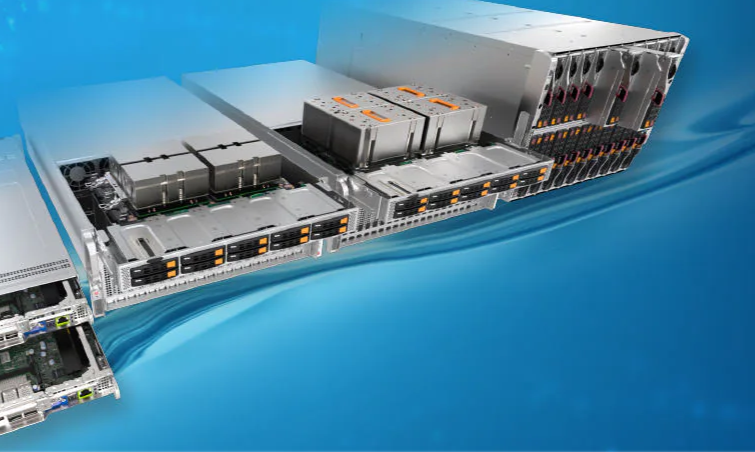Supermicro Servers
Supermicro servers are high-density servers designed to meet the needs of data center operators and enterprises. Supermicro servers come in two categories: standard and SYS-5038T-CN10T. The standard server is based on the Intel Xeon E5-2600 v3 family of processors, while the SYS-5038T-CN10T is a 10-core version that uses the Intel Xeon E5-4600 v3, processor family. Supermicro also offers a variety of storage solutions for its servers, including 12G SAS and 8G FC ports, hot-swap hard drives and multiple NVMe SSDs.
What are the Different Types of Supermicro Servers?
Supermicro offers various types of servers, each with its unique set of features and benefits. Here is a look at some of the most popular Supermicro servers:
1. The Supermicro SYS-5028D-TN4T is a 4-node Dual Socket Xeon D Server. It has two Intel C246JAW16 processors and supports up to 24GB of ECC DDR4 memory. It also features a 1x M.2 Key ESS SATA III module and 6x 3.5″ HDDs in a RAID 0 configuration for high-performance storage.
2. The Supermicro SYS-5038D-TN4T is a 4-node Dual Socket Xeon D Server that supports up to 64GB ECC DDR4 memory, 4x 2.5″ HDDs in a RAID 0 configuration, 1x M.2 Key ESS SATA III module, and 8x 2.5″ HDD/SSD hot swap bays for flexible storage options.
3. The Supermicro SYS-6028D-TN4T is an 8-node Dual Socket Xeon D Server that supports up to 128GB ECC DDR4 memory, 10x 2.5″ HD.
What are the Differences Between a Single Node and a Cluster Node Supermicro Server?
Supermicro Servers come in two flavors, single node, and cluster nodes.
A single node Supermicro Server is a bare metal server with no storage or networking attached. This server type is perfect for smaller deployments where only one machine needs to be managed.
A cluster node Supermicro Server is a complete Supermicro Server with built-in storage and networking. This type of server is great for larger deployments that need a central location for all machines in the deployment and the ability to share files and services between machines in the deployment. Cluster nodes also offer additional benefits like greater reliability and easier administration.
What Accessories Do I Need for My Supermicro Server?
There is no one-size-fits-all answer to this question, as the accessories necessary for a Supermicro server will vary depending on the model and configuration of the machine. However, some basic accessories that are often needed include:
1. A power supply – A Supermicro server needs a reliable power supply to operate properly.
2. Memory – Supermicro servers come with various memory options, so be sure to choose the right type for your needs.
3. Hard drives – A Supermicro server can use either traditional hard drives or SSDs (solid state drives). Choose the right type for your needs and ensure that the hard drive is properly installed and configured.
4. cooling – Keep your Supermicro server cool by installing a proper cooling system.
What are the Different Operating Systems That Are Supported by Supermicro Servers?
Supermicro servers have various operating systems, including rack servers, HPC servers, data center servers, and 4 node servers. This allows you to choose the OS that best suits your needs and storage requirements. Supermicro also offers custom builds of other operating systems, like CentOS 7 and FreeBSD 11, for customers who require a specific OS or configuration.
Conclusion
Supermicro servers are some of the most reliable on the market and come with various features that can benefit your business. We hope our discussion has provided you with enough information to make an informed decision about whether or not to invest in a Supermicro server, storage solution, or both.
Also Read About –
AWS Certified Cloud Practitioner: Worth It or Not?
B2B Website design – What is it?
How to Find An Old Friend by Name?
5 Steps to Receive Forbrukslån or Consumer Loans
Top 4 Advantages of Using Pedestal Drawers for Your Office
Byju’s Founder Took 400M loans From Several International Banks to Invest in Edtech Giant
Four Critical UI Design Elements You Need To Consider When Building Your Site

